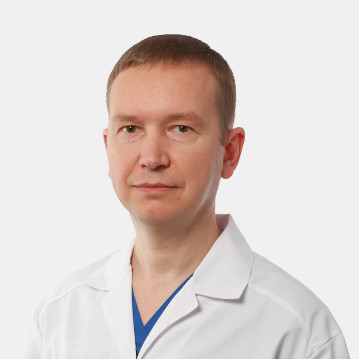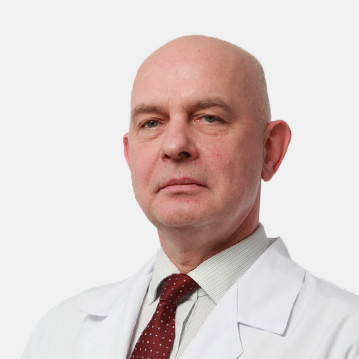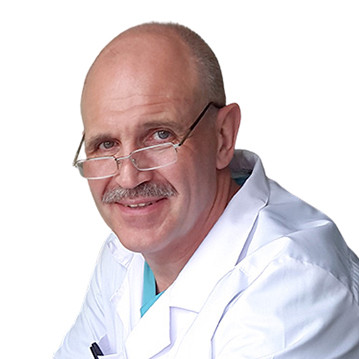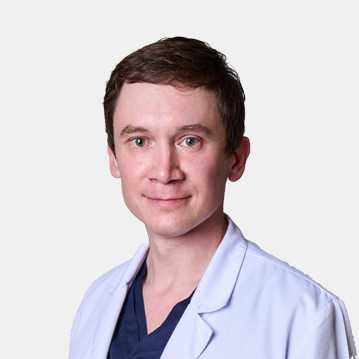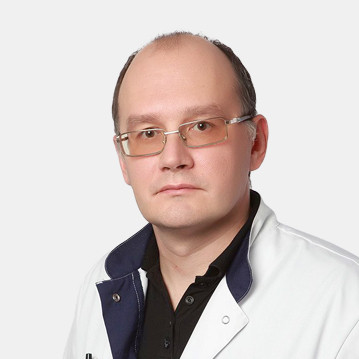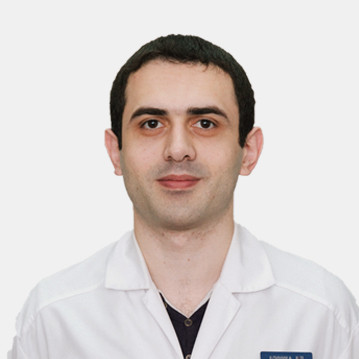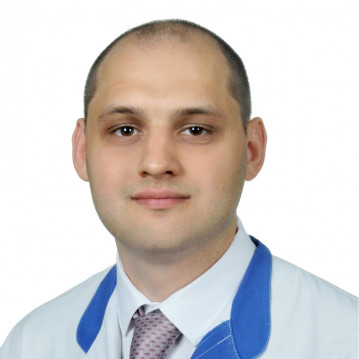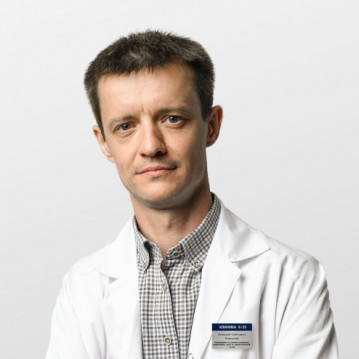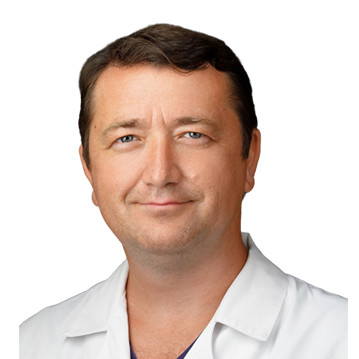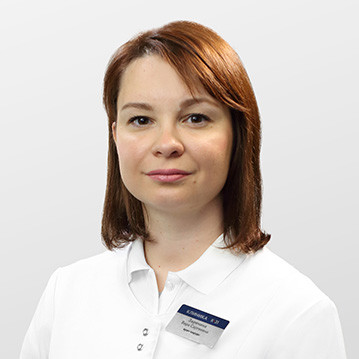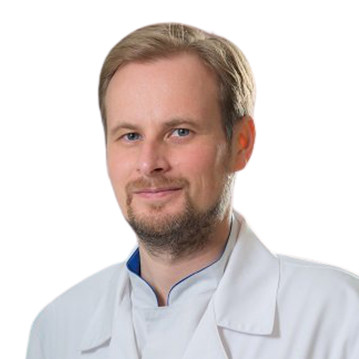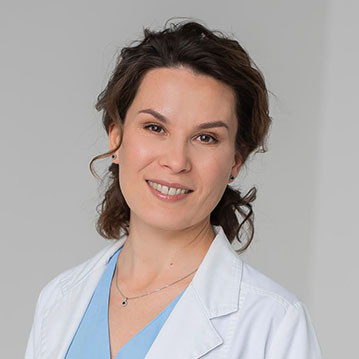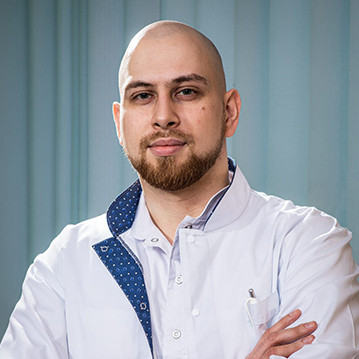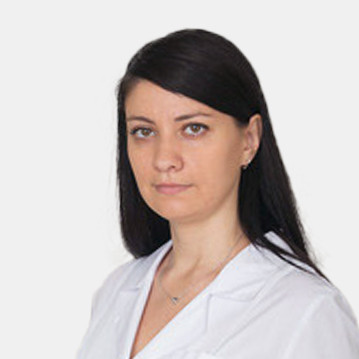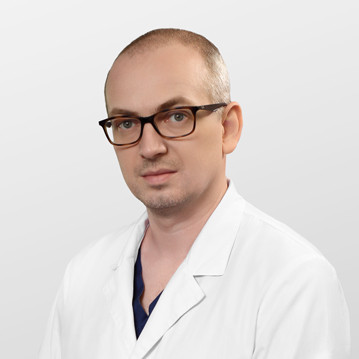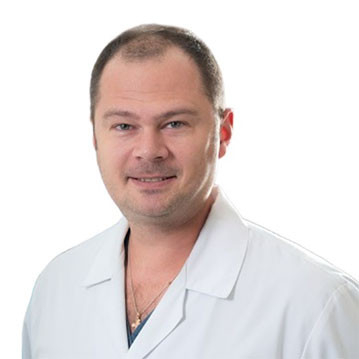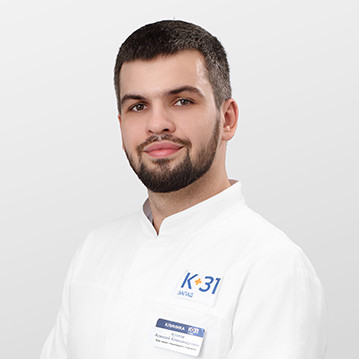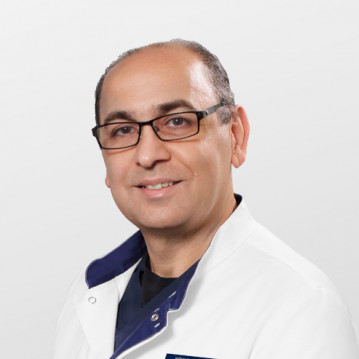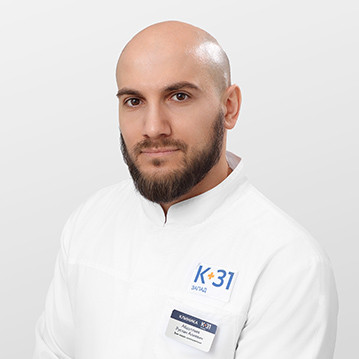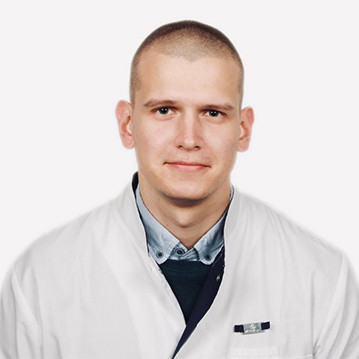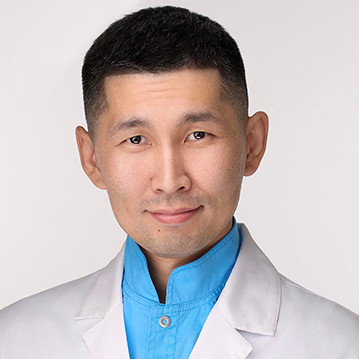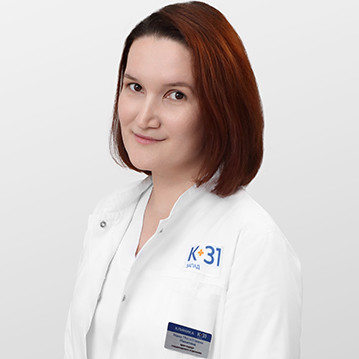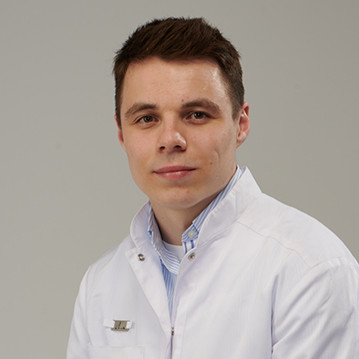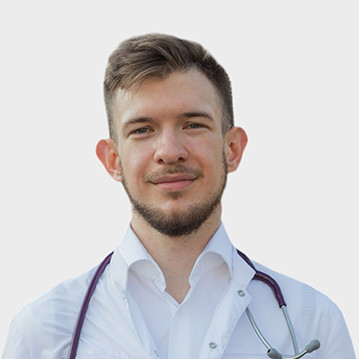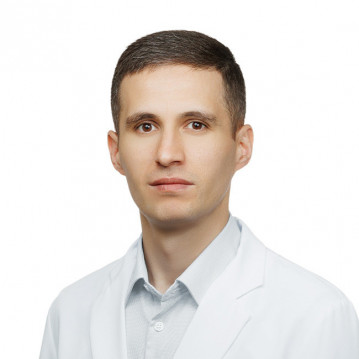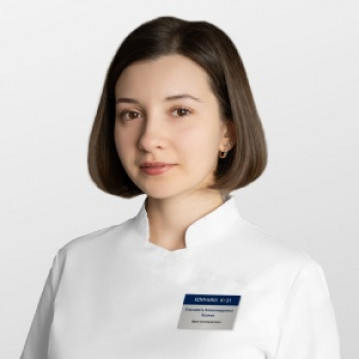
The gallbladder contains bile, which is secreted into the small intestine. Emerging gallstones are hardened deposits of the alimentary canal that originate in the gallbladder.
Gallbladder stones range in size from a grain of sand to the size of a golf ball. They are removed surgically, but in the absence of symptoms, treatment is usually not required.
Symptoms of gallstone disease
If the stone gets stuck in the duct and causes a blockage, symptoms appear:
- Pain under the right rib (especially strong in the first hour of the attack).
- Sharp and rapidly increasing pain in the center of the abdomen.
- Pain in the back between the shoulder blades.
- Pain in right shoulder.
- Nausea, vomiting, after which it does not get better.
- Pain in the gallbladder that can last from a few minutes to several hours.
When to see a doctor
Be sure to see a doctor if:
- The pain in your abdomen is so severe that you cannot sit still or find a comfortable position.
- Jaundice is a change in the color of the skin and whites of the eyes.
- High fever accompanied by chills.

Why do gallstones form in the gallbladder?
- Bile juice contains cholesterol. Bile juice usually contains enough chemicals to dissolve the cholesterol secreted by the liver. But if the liver secretes more cholesterol, then its abundance can be converted into crystals and, as a result, into stones.
- Bile contains a lot of bilirubin. Bilirubin is a chemical produced when the body breaks down red blood cells. If too much bilirubin is produced in the liver (due to cirrhosis of the liver, a biliary tract infection, or a blood disorder), this contributes to the formation of stones.
- If the gallbladder is not completely cleared, the bile juice can become very saturated, which will affect the formation of gallstones.
Varieties of gallstones
- The most common type of gallstones is cholesterol, yellow in color. They consist of undissolved cholesterol, but may contain other components.
- Pigmented gallstones. Dark brown or black stones form when bile is rich in bilirubin.


